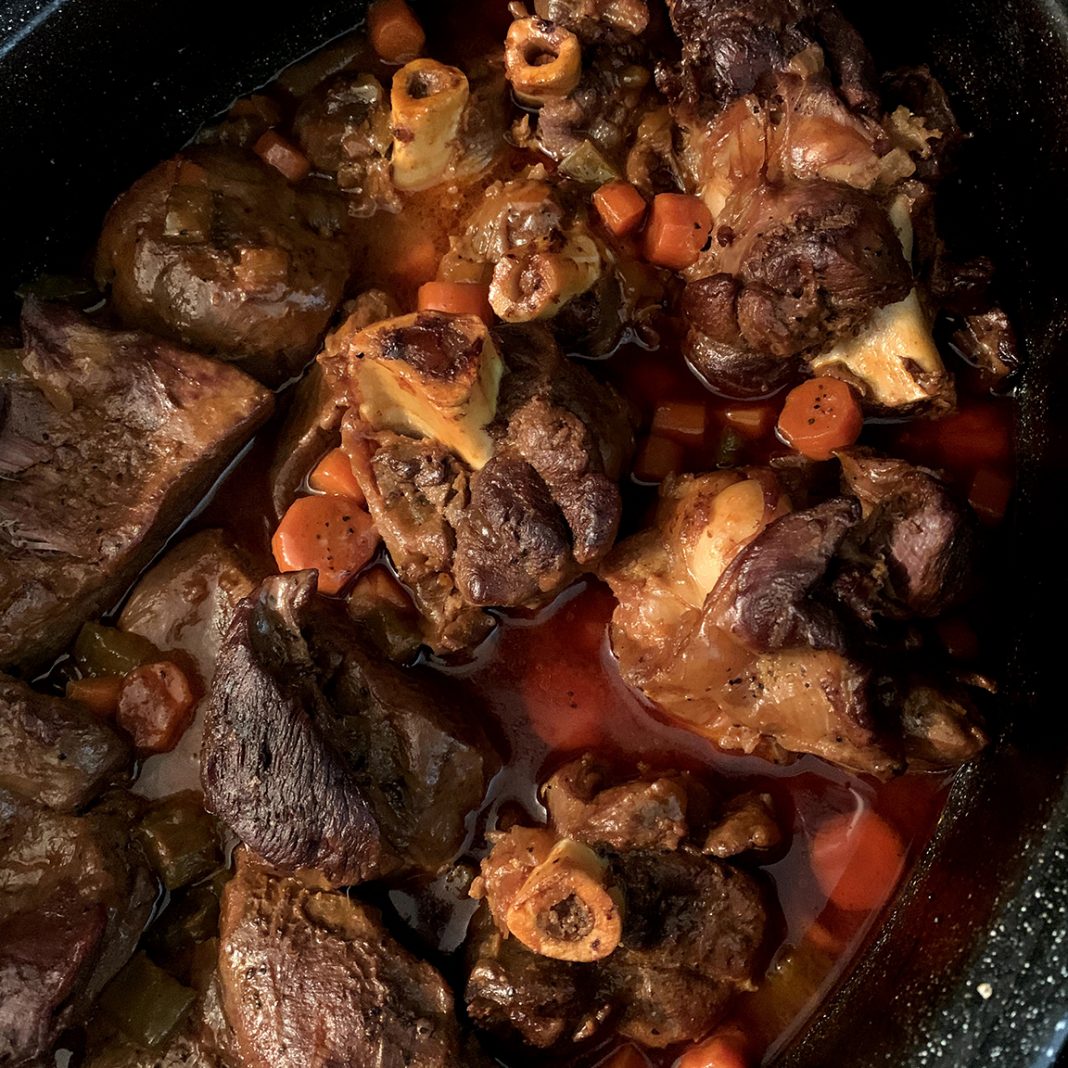Texas deer hunting is legendary for both quality and quantity.
We’ve got the country’s largest white-tailed deer population — numbering more than 4.5 million animals — and months upon months to pursue and fill a liberal bag limit. This past season, archery hunters got the first shot beginning in October while the regular reason ran through January in hot spots like the Hill Country. And if you’re hunting on a property entered into the Managed Lands Deer Permit program, the hunting season runs from October to February!
In addition to this plethora of opportunities, we’ve also got the prime real estate for whitetails in America, superior and extensive native and introduced genetics, and top-notch deer management techniques that help grow big bucks from the Red River to the Rio Grande — and every locale in between.
The emphasis on deer management means hundreds of thousands of whitetails of all shapes and sizes hitting the ground, even in an average or down hunting season. That means plenty of backstraps, tenderloins and steaks for the discerning hunter. I myself enjoy the strips of meat running along a whitetail’s backbone more than almost anyone I know, and for good reason. The lean, protein-rich meat is delicious and can be prepared in myriad ways. However, my all-time favorite will always remain cast-iron seared backstrap that includes only a handful of ingredients (salt, pepper, soy sauce and butter) and just a smidgeon of cook time.
While the backstrap will always be the king cut of whitetail, there’s another relatively overlooked section that’s just as appealing if you know what to do with it. That lowly piece is the shank, a cut of meat below the knee, that often is simply carved off and thrown into a trimming pile to be ground up into sausage. After reading this osso buco recipe and following the instructions, you’ll wonder why you ever considered tossing shank meat into that pile, much less simply threw it out!
Osso buco is Italian in creation and the term translates into “bone with a hole,” also describing the marrow at the center of the cut shank bone. This offering with a fancy name is basically just a braised dish but ends up looking like the chef had some type of formal training, even if you don’t follow the steps perfectly (which is always good in my book).
When I’ve made this dish, I’ve used whitetail shanks that I’d previously wrapped whole in freezer paper after boning out the other cuts from a deer. While some folks I’ve seen use a reciprocating saw to dice up the whole shank into the smaller chunks this recipe calls for, one can also use a bone saw or even a regular old hack saw to get the same result.
As a whole, braising the shanks infuses the meat with the delicious flavors from the liquid while an extended simmer helps break down the connective sinew in that portion of the leg.
You can eat the shanks and vegetables in this recipe by themselves but in my version the osso buco was placed atop fresh mashed potatoes. You also can adorn store-bought polenta with it.
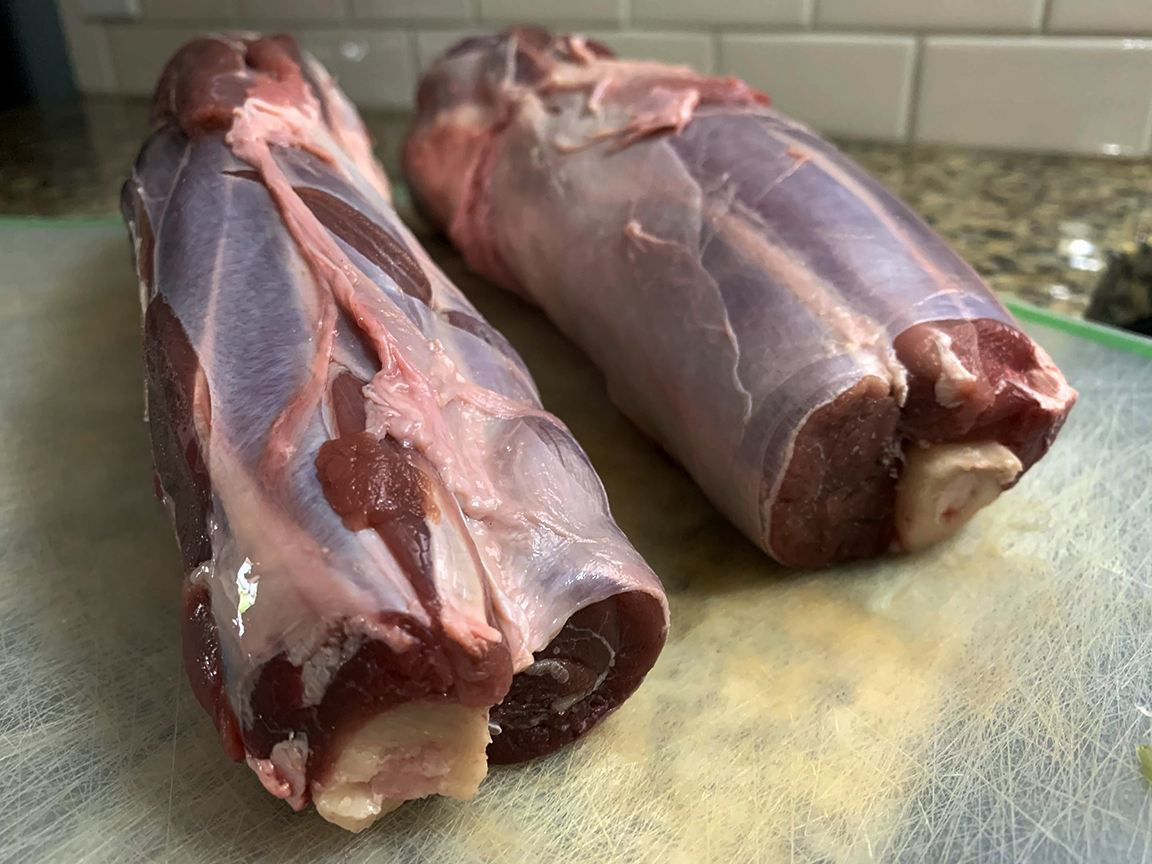
Braised venison osso buco recipe
Ingredient List
Two shanks (or more if you’ve got extra guests to wow!) cut into 3-inch-thick sections, bone-in
A few pinches each of kosher salt and ground black pepper
2 tablespoons extra-virgin olive oil
2 medium onions (red, white or yellow will do), sliced thinly
2 large carrots, peeled and cut into rounds
1 rib celery, sliced into quarter-inch pieces
2 cloves garlic, sliced thinly
3 tablespoons tomato paste
1 cup dry wine (red or white works)
4 cups stock (homemade venison stock is perfect! or simply water, if you prefer)
2 or 3 sprigs fresh herbs (rosemary works great!)
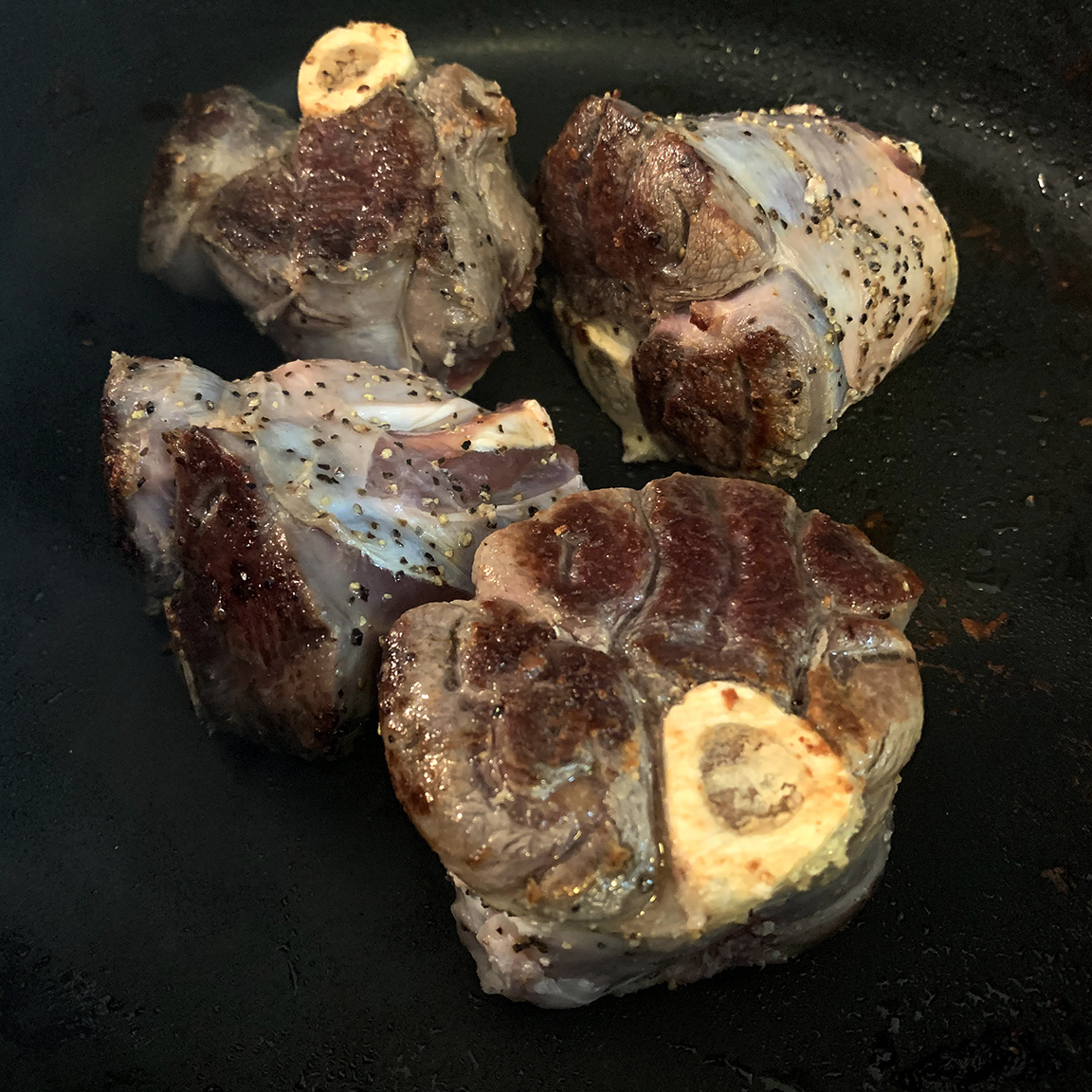
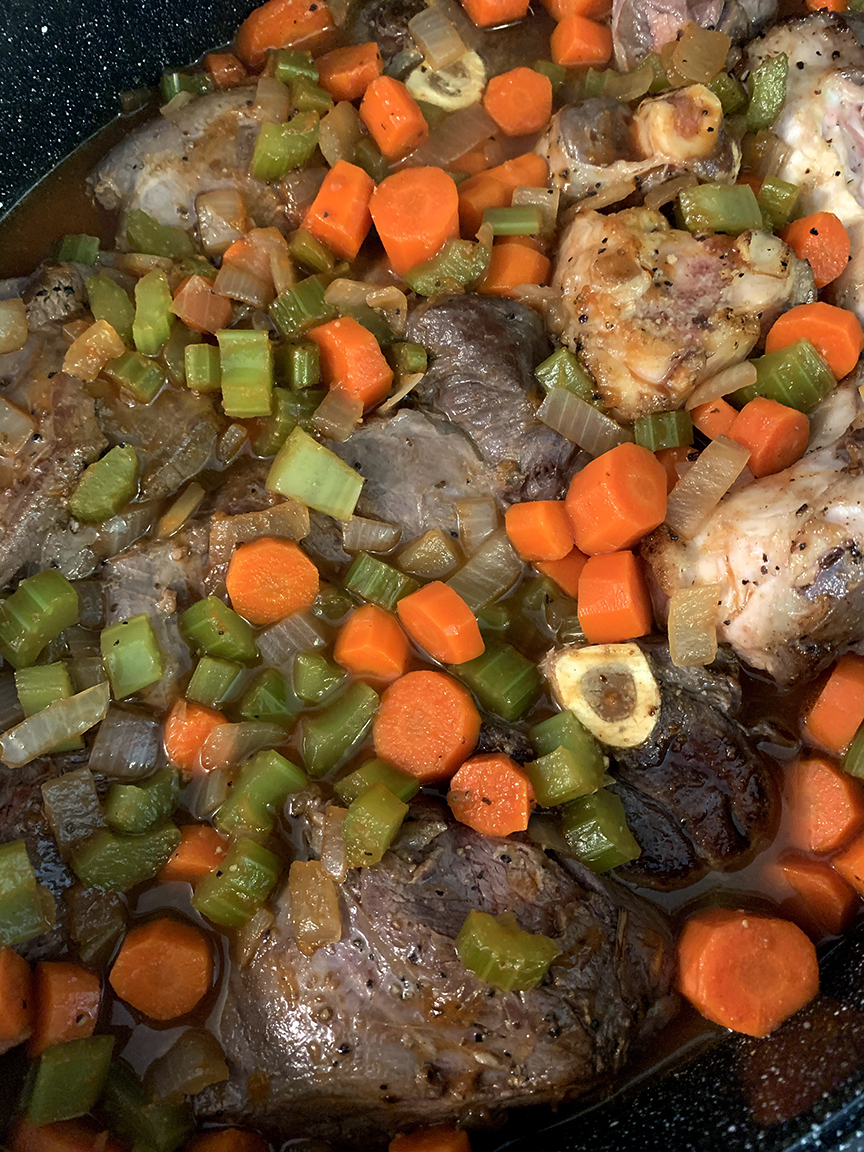
Instructions
- Gather ingredients and preheat oven to 325 F.
- On stove, heat a Dutch oven or large, heavy pot over medium-high heat. Season the venison rounds with salt and pepper.
- Add olive oil to Dutch oven or pot and swirl to coat. Once oil is hot and ready, brown the venison rounds on all sides in batches. Once they’re seared, move them to a separate large plate or platter.
- Remove any burned venison pieces from the bottom and reduce heat to medium. Then add onion, carrot and celery, cooking and stirring the trio until the onion is good and browned and the veggies tender.
- Stir in tomato paste and garlic, cooking about a minute until garlic becomes fragrant.
- Stir in wine and deglaze the pot, scraping up anything that’s sticking with a spatula. Allow the mixture to slightly reduce, continuing over medium heat.
- Return browned venison shanks back into the pot. Pour in enough stock to cover the meat and add fresh herbs.
- Cover pot with lid and place in oven, braising venison until it’s tender, about 2 1/2 to 3 hours based on number. Check about halfway through your cook to ensure shanks are still submerged in liquid and add more, if necessary.
- About a half-hour to 45 minutes before your estimated fork-tender completion, concoct your homemade mashed taters (or polenta, based on the heating instructions on the package).
- Once the shanks are tender (and possibly even some starting to fall off the bone) remove from the oven and place on a warm tray or platter. Place pot with liquid back on stovetop over high heat and bring to a boil. Reduce liquid by about a third, cooking about 5 to 10 minutes.
- Divide the mashed potatoes among plates for your eager supper club and top with a section of shank. Spoon the sauce and vegetable mixture over the meat. Add salt and pepper to taste, as well as any remaining chopped fresh herbs.
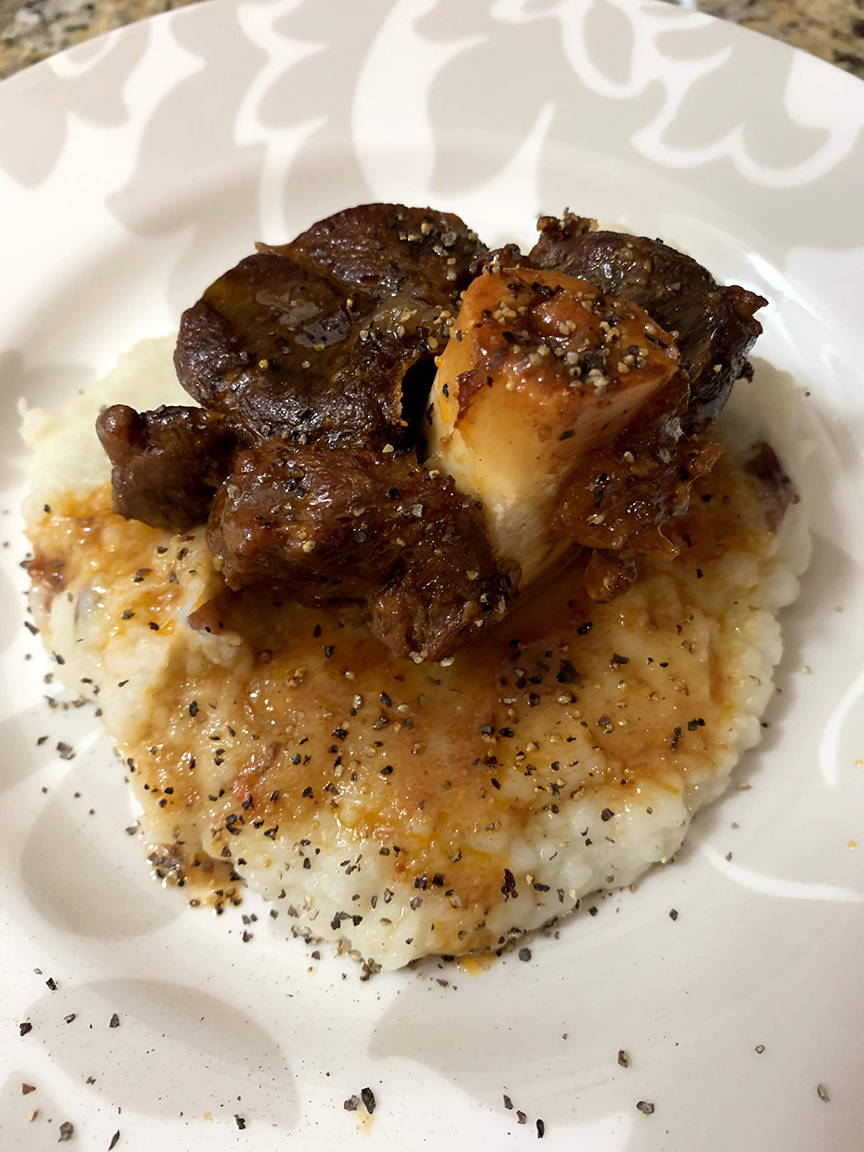
Chicken-fried steak in Texas with venison twist
Texas hog hunting, from field to table, is a tasty pursuit
















